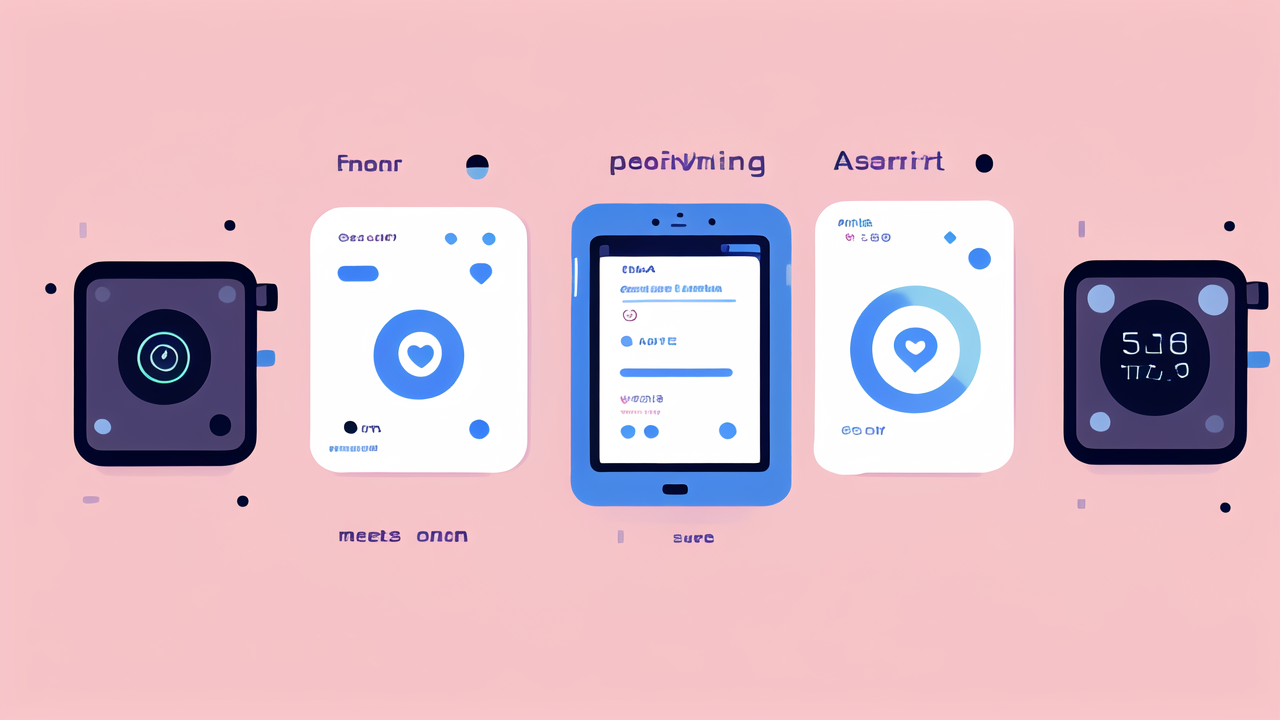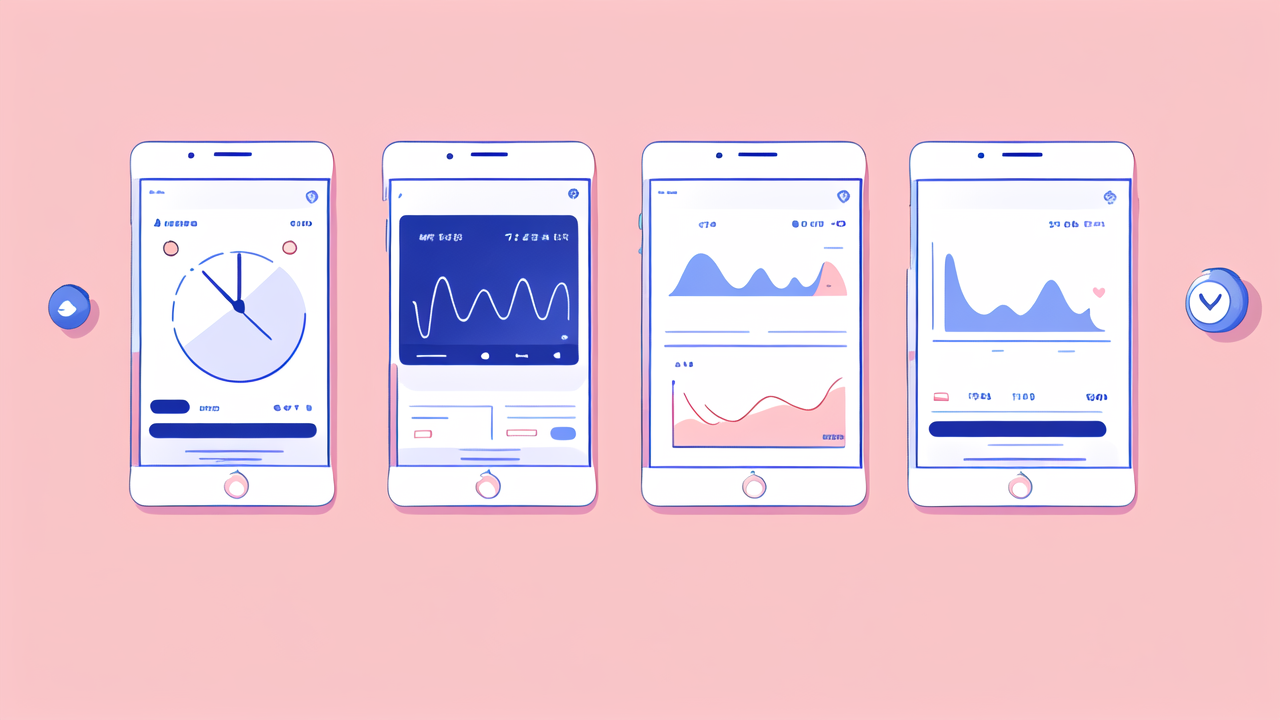The Evolution of Wearable Technology in the United States
Pioneering Innovations: The History of Wearable Technology
Wearable tech has come a long way in the US. It started with simple pedometers in the 1960s. These devices counted steps and helped people track their daily activity. In the 1970s, digital watches emerged. They offered more than just time-telling. Calculator watches became popular in the 1980s. They were a big hit among students and professionals.

The 1990s saw the rise of early fitness trackers. These devices could monitor heart rate and calories burned. The 2000s brought us the first smartwatches. They could sync with phones and show notifications. Today, wearables are more advanced than ever. They offer a wide range of features and functions.
Technological Advancements and the Modern Wearable Device
Modern wearables are light-years ahead of their predecessors. They pack powerful processors into tiny spaces. Many now have touch screens and voice control. They can track sleep patterns, stress levels, and even blood oxygen. Some can detect falls and call for help. Others can make payments or control smart home devices.
Battery life has improved greatly. Some devices can last for weeks on a single charge. Sensors have become more accurate and diverse. They can measure everything from UV exposure to air quality. Connectivity has also advanced. Many wearables now have their own cellular connection. This means they can work without a smartphone nearby.
Wearable Technology in the Fashion Industry: A New Era
The fashion world has embraced wearable tech. Designers are creating stylish smartwatches and fitness bands. They're using high-end materials like leather and precious metals. Some luxury brands have entered the smartwatch market. They offer devices that blend tech with traditional watch design.
Fashion-forward wearables go beyond watches. There are smart rings, necklaces, and even clothing. These items can track fitness, display notifications, or change color. Some can even charge your phone or purify the air around you. The line between tech and fashion is blurring. Wearables are becoming fashion statements as well as useful tools.
Key Players in the Wearable Technology Market
Leading Brands and Their Market Position
Several big names dominate the wearable tech market. Apple leads with its Apple Watch series. It offers a range of models for different needs and budgets. Fitbit, now owned by Google, is known for its fitness trackers. Samsung's Galaxy Watch line competes directly with Apple in the smartwatch space.

Garmin is popular among serious athletes and outdoor enthusiasts. Their devices offer advanced fitness tracking and GPS features. Fossil Group brings fashion credibility to the tech world. They make smartwatches for various fashion brands. Xiaomi has gained ground with affordable fitness bands and smartwatches.
Startups and Innovators Disrupting the Wearable Landscape
Startups are bringing fresh ideas to wearable tech. Oura Ring offers sleep tracking in a sleek ring form. Whoop focuses on recovery and strain for athletes. Withings creates hybrid watches that look traditional but have smart features.
Some startups are exploring new areas of wearable tech. Neurable is working on brain-computer interfaces. Owlet makes smart socks to monitor babies' vital signs. Eargo is innovating in the hearing aid space with nearly invisible devices. These companies are pushing the boundaries of what wearables can do.
The Role of Technology Partners and Platforms
Tech giants play a crucial role in the wearable ecosystem. Google's Wear OS powers many smartwatches from different brands. Apple's watchOS is exclusive to Apple Watches but has a large app ecosystem. Qualcomm provides chips for many wearable devices, enabling advanced features.
Platform partnerships are also important. Strava integrates with many fitness devices to provide a social network for athletes. MyFitnessPal connects with wearables to enhance diet tracking. Health platforms like Apple Health and Google Fit aggregate data from various devices. These partnerships create a richer experience for users.
Future Trends and Predictions for Wearable Technology
The Rise of AI and Machine Learning in Wearable Devices
AI and machine learning are set to transform wearables. They'll make devices smarter and more personalized. AI could help predict health issues before they become serious. It could offer tailored fitness advice based on your habits and goals. Machine learning could improve sleep tracking and stress management.

Voice assistants on wearables will become more capable. They'll understand context better and offer more natural interactions. AI could also enhance battery life by optimizing device usage. In the future, your wearable might even learn your routines and preferences. It could adjust its functions automatically to suit your needs.
Health and Wellness: The Growing Focus Area
Health features are becoming central to wearable tech. Many devices now offer ECG and blood oxygen monitoring. Future wearables might track blood sugar levels without needles. They could monitor blood pressure continuously. Mental health tracking is also on the rise. Devices might detect stress and offer relaxation techniques.
Wearables are becoming tools for managing chronic conditions. They can remind users to take medication. Some can detect irregular heartbeats and alert users to potential problems. In the future, wearables might even dispense medication or call for help in emergencies. They could become vital tools for preventive healthcare.
The Integration of Wearable Technology with Fashion and Lifestyle
The future of wearables is deeply intertwined with fashion. We'll see more devices that don't look like tech at all. Smart fabrics could change color or pattern on demand. Jewelry might double as security devices or air quality monitors. Augmented reality glasses could blend seamlessly with regular eyewear.
Lifestyle integration will go beyond fashion. Wearables might control our smart homes as we move through them. They could automatically adjust lighting, temperature, and music to our preferences. Payment systems will become more seamless. Your watch or ring might replace your wallet entirely. The goal is for wearables to enhance our lives without being intrusive.




Leave a comment
This site is protected by hCaptcha and the hCaptcha Privacy Policy and Terms of Service apply.